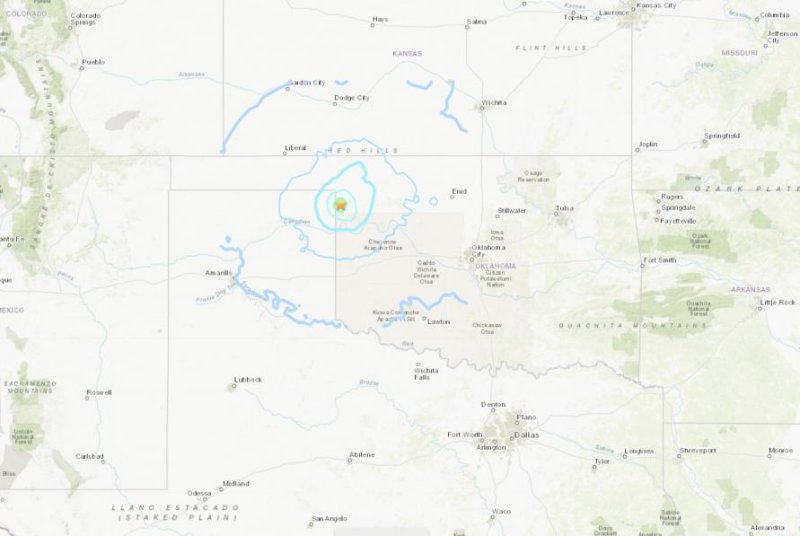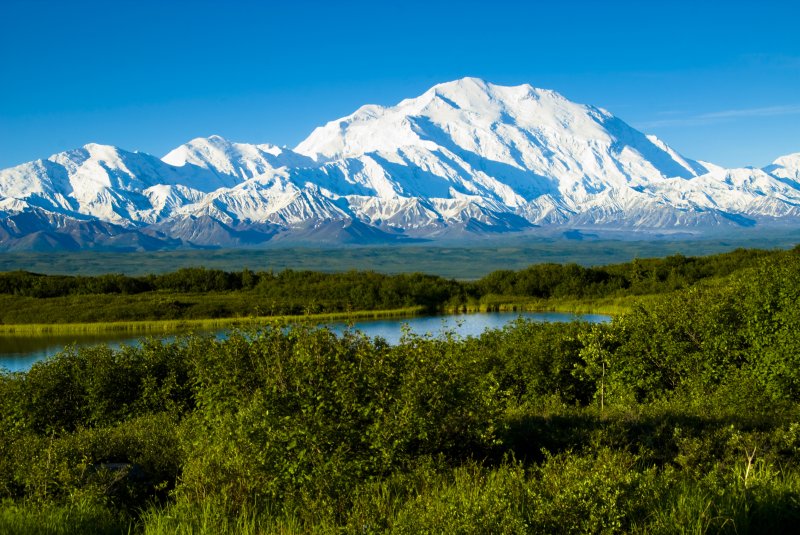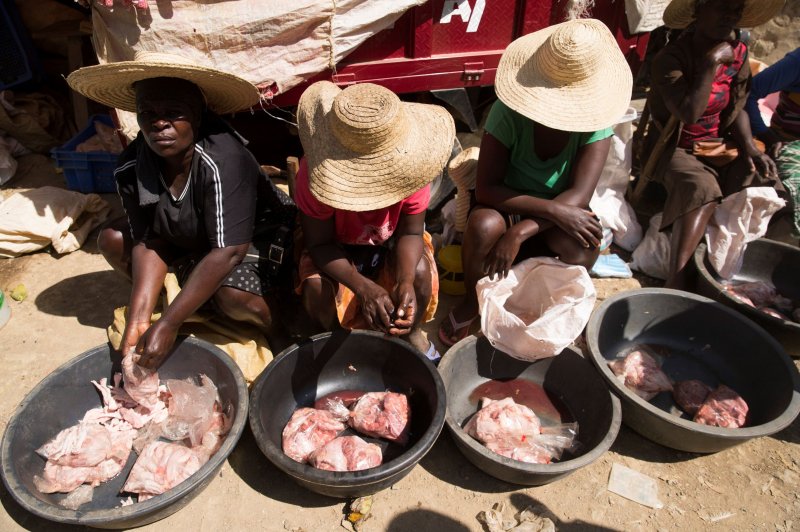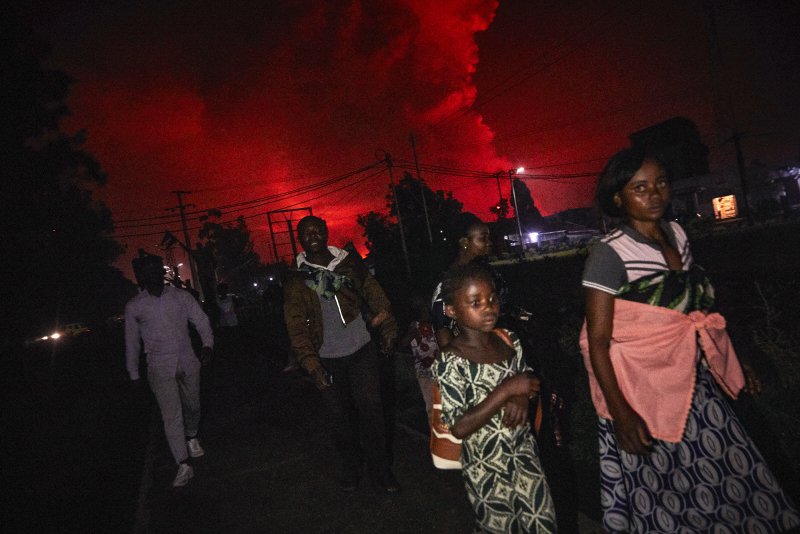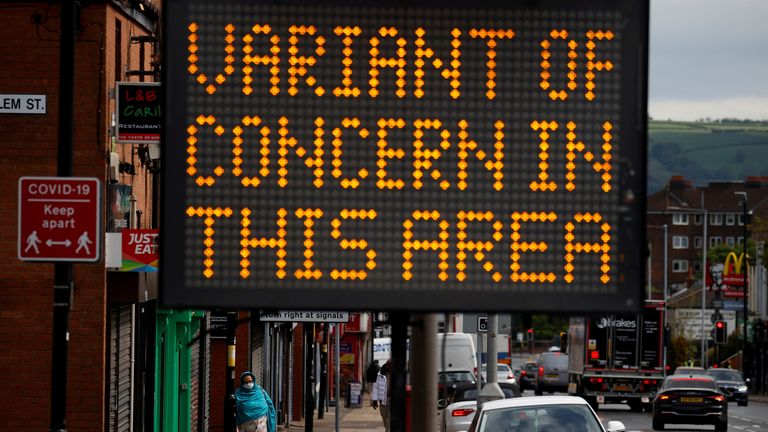
Air Canada paid its top executives and managers a combined $10 million in bonuses tied to the COVID-19 pandemic late last year, despite the airline losing billions of dollars and cutting thousands of jobs in 2020.
The bonuses, which were outlined in the airline's annual proxy circular to shareholders, came with special stock rewards that were meant to compensate those executives for salary cuts they took as the pandemic wreaked havoc on the travel industry. Yet they also came as Air Canada was negotiating a multibillion-dollar rescue package with the federal government — one that caps future executive compensation.
Trudeau calls Air Canada aid package a ‘good and fair deal’
The airline justified the bonuses and stock awards to shareholders by saying the senior executive team "reacted urgently, decisively and skillfully to mitigate the impact of the COVID-19 pandemic on the company."
Read more: Feds announce $5.9B aid package to Air Canada to help customer refunds, jobs
Those actions included slashing over 20,000 employees from Air Canada's workforce, a reduction of more than 50 per cent. The airline also received $656 million through the government's Canada Emergency Wage Subsidy (CEWS) program last year to keep some remaining employees on the payroll.
"And with equal vigor, the leadership team played offence," the airline continued in its message to shareholders, highlighting the safety and business measures it undertook to ensure the company can bounce back from the pandemic.
"We believe we must retain and motivate our senior leaders to help Air Canada recover as quickly as possible," the airline said, adding its "compensation decisions" would help with that goal.
Wesley Lesosky, president of the Canadian Union of Public Employees' Air Canada component, said in a statement to Global News that his members that were laid off have not benefited from the CEWS, and criticized the airline for continuing to pay out bonuses amid the pandemic.
“We’re disappointed the company was finding ways to keep paying bonuses to executives, while at the same time cutting off a lifeline for thousands of my members by denying them access to the federal wage subsidy," he said.
"Our members were left out to dry, and the federal government stood by and let it happen.”
Air Canada aid package gives government equity stake in airline: Freeland
In April, Finance Minister Chrystia Freeland and Transport Canada announced a $5.9-billion federal bailout plan for Air Canada, largely built on repayable loans to the airline in order to rescue it from pandemic-related financial collapse.
By the end of 2020, Air Canada's operating revenue had plummeted 70 per cent to $5.8 billion, from $19.1 billion in 2019. Air Canada shares also lost more than 50 per cent of their market value over the course of last year.
Last spring, the airline announced that its then-chief executive Calin Rovinescu and deputy CEO Michael Rousseau would waive 100 per cent of their salaries for April, May and June of 2020, and cut their salaries in half for the remainder of the year. Three other top named executives took 50 per cent salary cuts for three months, then 20 per cent cuts for the rest of 2020.
The cuts amounted to combined losses of $766,723 for the five executives, including $490,000 for Rovinescu.
On the eve of those executive salaries being fully restored at the start of 2021, Air Canada gave those same five executives special "stock appreciation units" that would serve as an "opportunity to recuperate their foregone salary," the company told shareholders.
Rovinescu received 21,398 stock appreciation units, which Air Canada estimated to be worth $168,396 on a payout based on the increase of Air Canada's share price over the next two years. A payout will not occur if the price dips below the average set at the end of 2020.
Read more: Smaller airlines call on feds for financial support after Air Canada relief deal
The $10 million in "COVID-19 Pandemic Mitigation" bonuses, meanwhile, were based on a new executive compensation program centred on pandemic-era goals of customer service and cost-cutting, among other criteria. That program replaced the existing compensation guidelines that heavily valued profitability to determine bonuses.
Because of "management's exceptional performance" in meeting the new goals, Air Canada's board approved a $20-million bonus package for management and executives, down from the $45 million that would have been approved under the previous program.
Only $10 million was paid out, however, including $723,000 to Rovinescu and a combined $1.116 million to the other four named executives.
Air Canada also determined that losses from the pandemic would impact its long-term incentive plan for executives, eliminating payouts for the past three years of performance-based share units and stock options. As a result, 2020's results were dropped from the formula to ensure payouts would still move forward.
The company justified this move to shareholders by arguing that losing the payouts "could potentially create an important 'retention' issue thereby putting the organization at risk at a time when we most need our key talents to ensure our survival and future recovery for the benefits of our shareholders."
Overall, Rovinescu earned a reported $9.26 million in total compensation last year, down from $12.87 million in 2019.
Rovinescu has since retired and officially stepped down on Feb. 15 of this year, getting replaced by deputy CEO Rousseau.
Over the course of pandemic-hit 2020, Air Canada dramatically reduced its domestic and international flight network and pulled out of several smaller and regional airports across Canada. It also shed 79 older planes from its fleet and cancelled orders for 22 aircraft.
The airline stayed afloat through a series of financing and liquidation moves that the company says totalled $6.780 billion in 2020.
The federal rescue package announced in April saw Ottawa provide Air Canada $5.37 billion in repayable loans, including a $1.4 billion credit facility that the airline can draw from to refund customers whose flights were impacted by the pandemic. The government also purchased a $500-million equity investment in the airline.
As part of the package, executive compensation will be capped at $1 million until those loans are fully paid back with interest.
The airline has also promised to not cut any more jobs from its workforce as it continues to recover from the pandemic.
In an email, Katherine Cuplinskas, a spokesperson for Freeland's office, said questions about executive compensation prior to the agreement being signed should be directed to Air Canada.
The government says the cap on executive compensation is in place from when the deal was announced in April until 12 months after all loans are repaid.







 © Doug Kerr/CBC Tree seedlings that Teal-Jones Group says it gave out to demonstrators gathered at its headquarters in Surrey, B.C., as a symbol of the environmental stewardship it practises as part of its logging activities.
© Doug Kerr/CBC Tree seedlings that Teal-Jones Group says it gave out to demonstrators gathered at its headquarters in Surrey, B.C., as a symbol of the environmental stewardship it practises as part of its logging activities.
